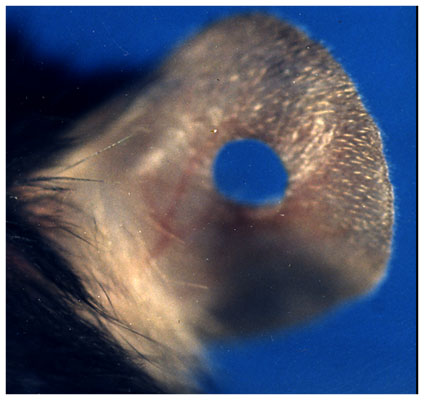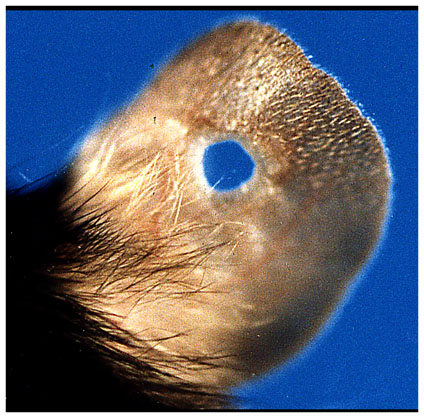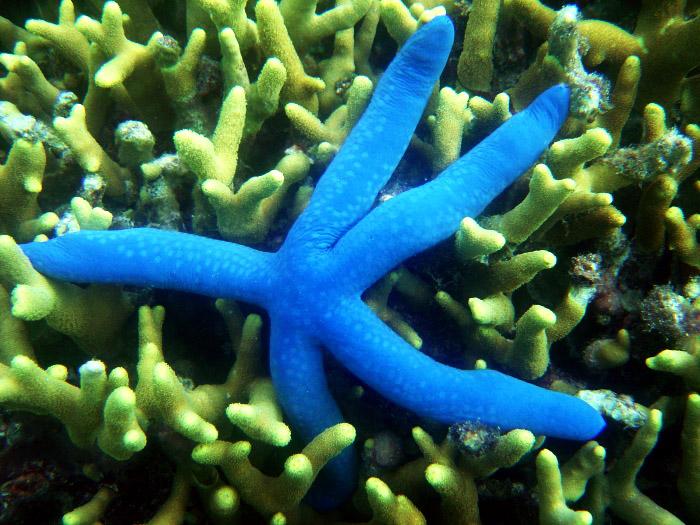Super-healer mouse
Over a decade ago, Ellen Heber-Katz made an accidental discovery.
Heber-Katz was conducting an experiment into the effects of a drug and
she marked the mice that had received it by punching a small hole in
their ear. However, the holes were sealing up with astonishing speed
-- with no sign of scarring. "The markings we'd made had all
disappeared," says Katz. "I thought, 'Oh my God, this is absolutely
incredible. I have to find out what caused it.'"
Heber-Katz, an immunologist at the Wistar Molecular and Cellular
Oncogenesis Program, examines the role of immune response in
regeneration while trying to find out what molecules are expressed.
Her research focuses on the unusual regenerative capabilities of MRL,
or "super healer," mice. She is trying to induce a similar immune
response in other mice.
MRL mice wound sites are remarkable. Besides a lack of scarring after
regrowth, new hair follicles and cartilage also grow back. Heber-Katz
works with two geneticists on her team to map genes in both MRL and
non-regenerative mice, in an attempt to identify which genes are
important for healing. The team looks at what proteins are being
expressed.
Translating the natural mechanisms responsible for regeneration into
synthetic compounds that will induce and regulate regeneration is the
next step.


 MRL mouse's punched ear on day 10.
MRL mouse's punched ear on day 10.
 MRL mouse's punched ear on day 20.
MRL mouse's punched ear on day 20.
 MRL mouse's punched ear on day 30.
MRL mouse's punched ear on day 30.




